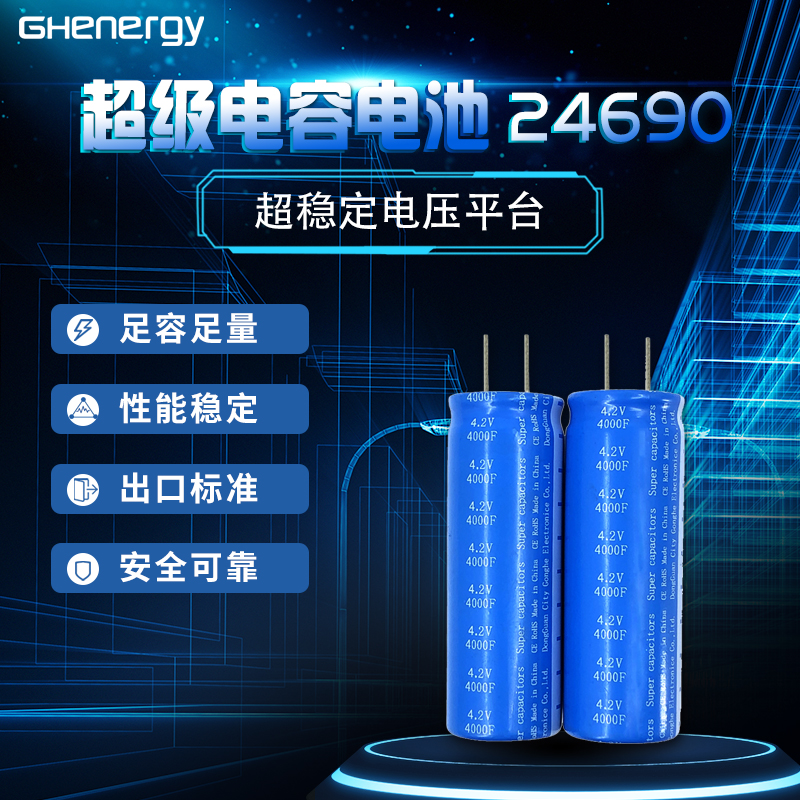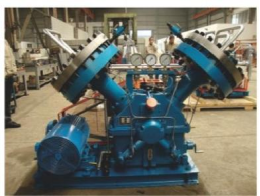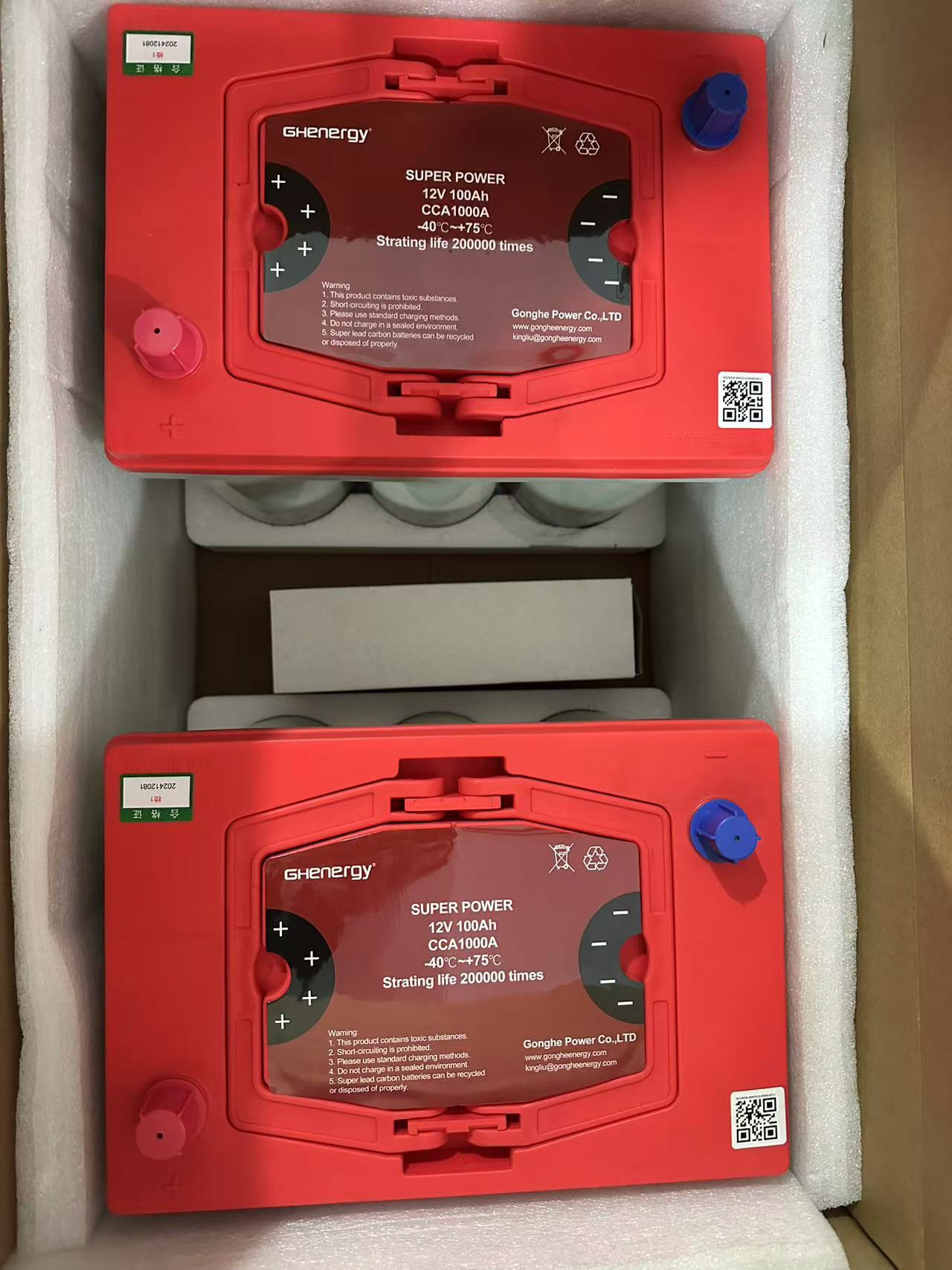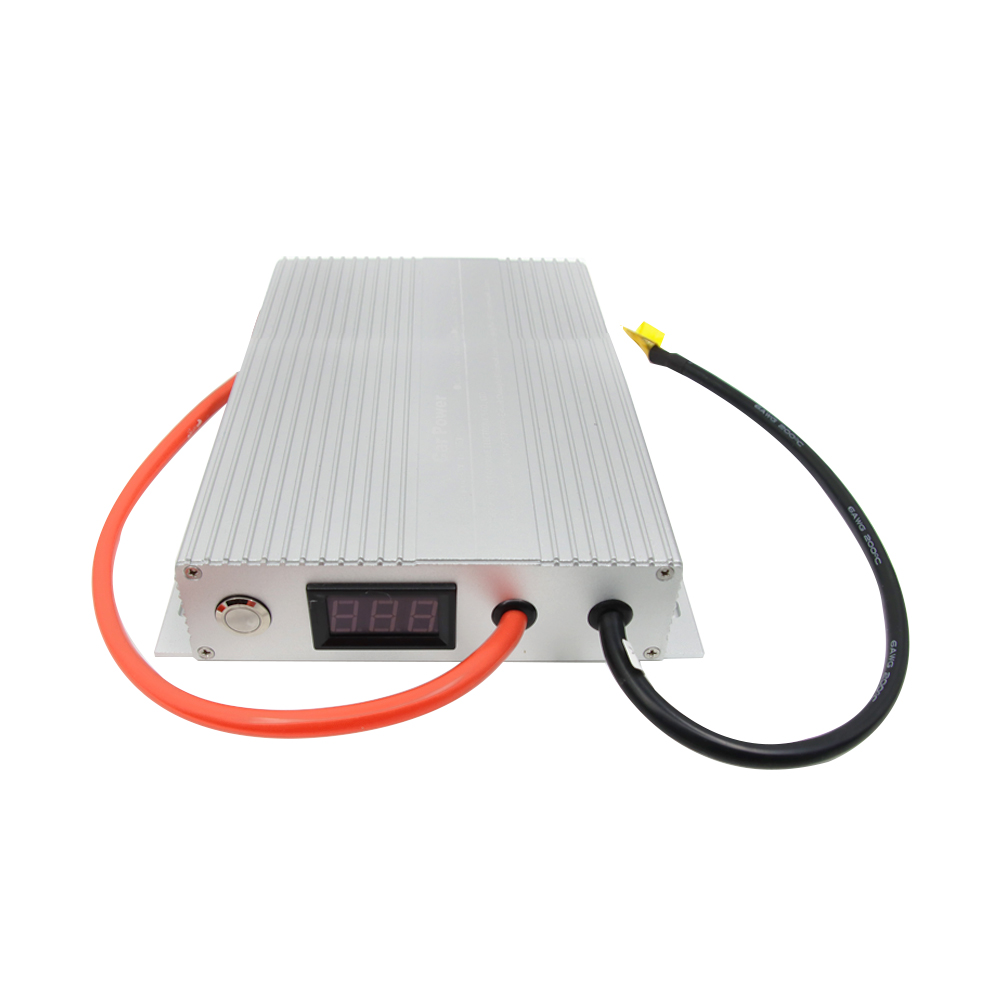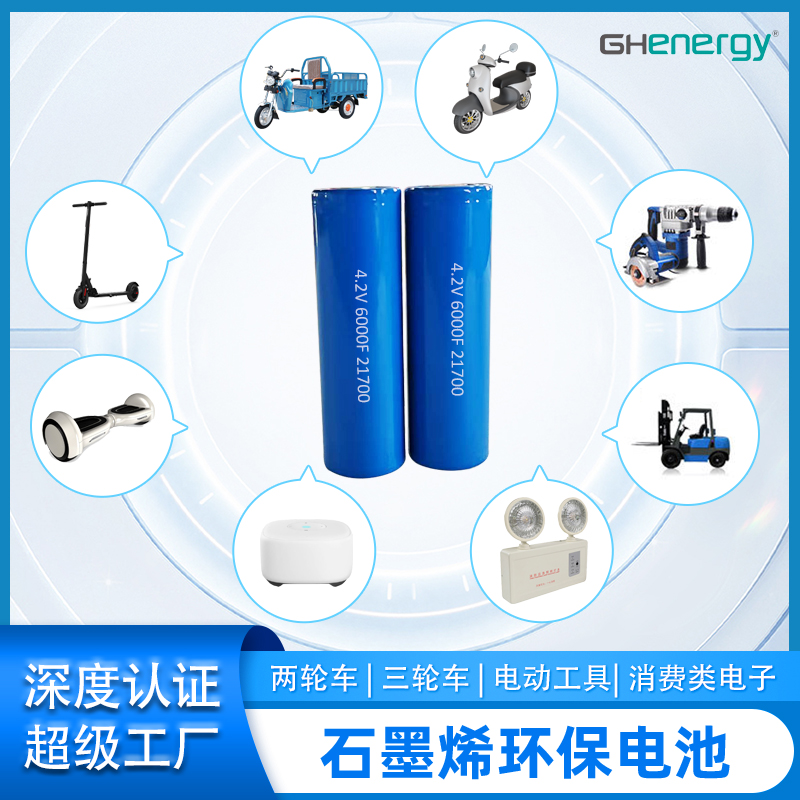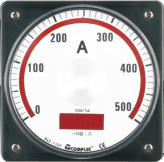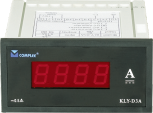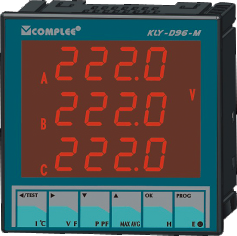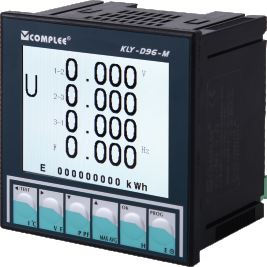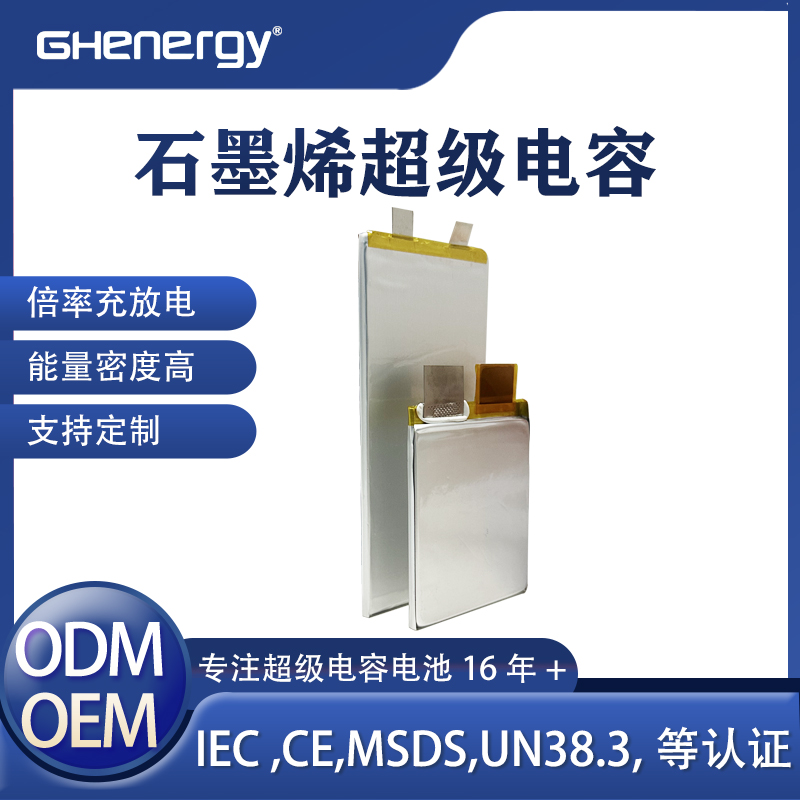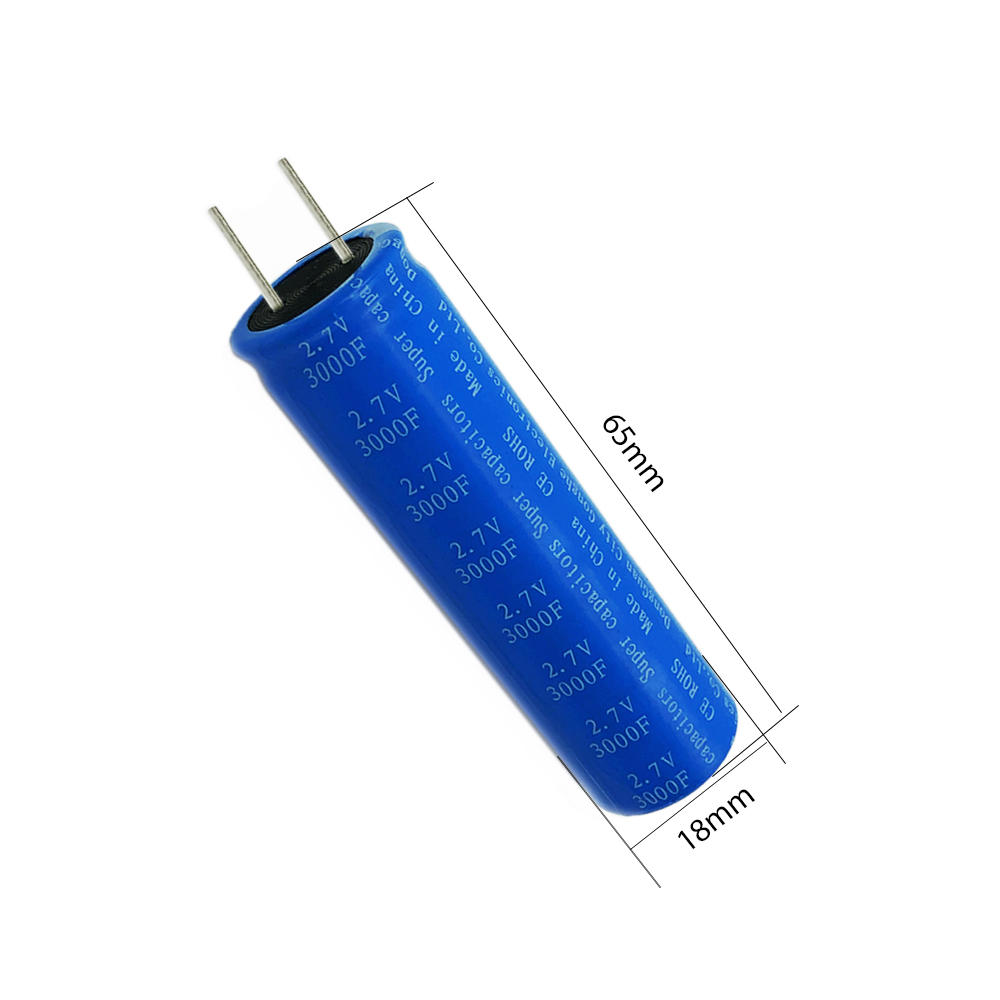Wedoany.com Report-Nov 13, Demands for renewable hydrogen and electricity to drive the EU’s green iron and steel transition
The steel industry is responsible for around 5% of CO2 emissions in the EU and the sector needs to cut carbon emissions by 55% by 2030 to align with climate targets. By applying a scenario analysis, this report estimates potential demands for renewable electricity and renewable hydrogen in the EU’s green steel transition.
The analysis, based on data from LeadIT’s Green Steel Tracker, examines the possible renewable energy and renewable hydrogen demands for iron reduction and primary steel production in the EU.
Decarbonizing steel production in the EU will involve a significant increase in demand for renewable electricity, particularly for production of renewable hydrogen. If the transition from fossil fuel-based to renewable electricity-based iron and steel production is to succeed, there is a need for reliable estimates of how much renewable electricity it will demand. Such estimates are also needed so that the transition in the steel sector is aligned with developments in the energy and other industrial sectors.
The analysis evaluates two scenarios for green iron and steel production. The first scenario assumes no use of scrap in steel production, and the second assumes a 50% share of scrap. Both scenarios then also explore two routes for green steel production: one with an EU-based value chain for iron and renewable hydrogen, and another relying on iron sourced from outside the EU.
Key findings include the following:
If all announced green iron and steel projects in the EU were to rely on renewable electricity by 2045 and did not use scrap, up to 135 terawatt hours of renewable energy would be needed annually.
The estimates suggest that if no scrap is used, green hydrogen demand could reach 1.7 million tonnes per annum (MTPA) by 2030, increasing to 1.9 MTPA by 2045. This represents 19% of the EU’s target for domestic production of renewable hydrogen, and would cover one-third of today’s steel production.
If EU companies were to import hot briquetted iron (HBI), thus outsourcing the most energy intensive part of hydrogen-based green steel production, the renewable energy requirements would be around one quarter of the energy needed for fully domestic green hydrogen and direct-reduced iron production without scrap.
The significant differences in energy needs across scenarios suggest that transparent planning by the EU and steel producers is essential to meet renewable electricity demand across sectors and achieve decarbonization.
Because many companies’ green steel production strategies depend on how the price of renewable energy and green hydrogen develops, more transparency would enable companies and policymakers to assess the feasibility of projects, to ensure realistic timelines, and to assess whether sufficient supply infrastructure will be in place to meet demand at competitive prices.


